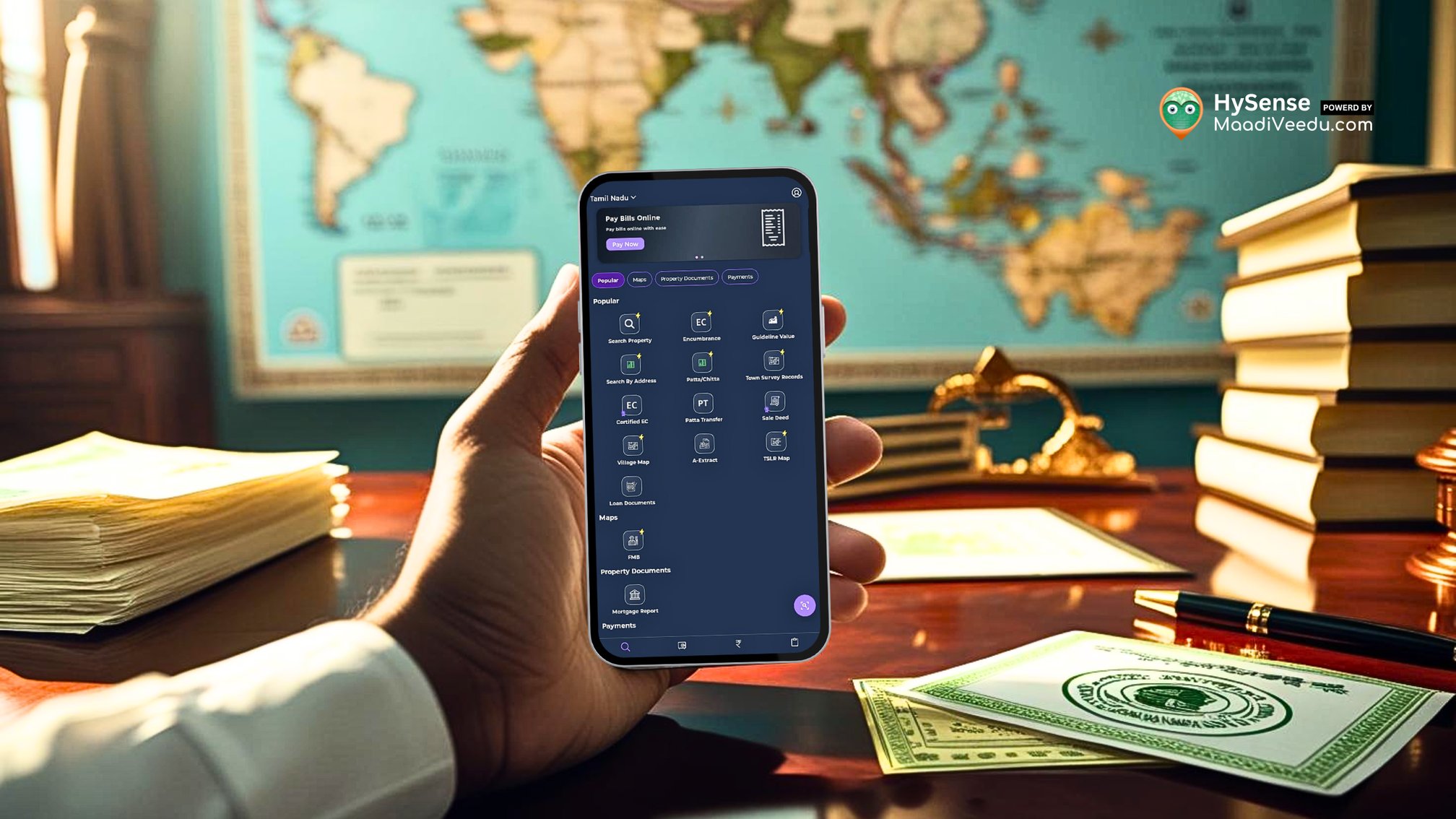PAN, TAN & TIN in India: What They Are and How They Differ [2025 Guide]
Confused between PAN, TAN, and TIN? Understand the differences, purpose, and who needs each in this easy-to-follow guide on Indian tax identifiers for 2025
![PAN, TAN & TIN in India: What They Are and How They Differ [2025 Guide]](https://storage.googleapis.com/maadiveeduvas.appspot.com/blogs/4e065777-6015-44a8-98de-93cad9e21662_optimized.jpg)
Table of Contents
If you’ve ever handled taxes, received a salary, or owned a business in India, you’ve probably come across the terms PAN, TAN, and TIN. Though they may sound similar, each of them serves a different purpose in India’s tax system.
This guide breaks them down in simple terms—what they mean, when you need them, and how to use them properly.
1. What is PAN?
The Permanent Account Number, or PAN, is a unique 10-character code made up of letters and numbers. It’s issued by India’s Income Tax Department to both individuals and businesses, and is used as an official identifier for tax-related and financial matters. It acts as a unique identifier for financial and tax-related transactions.
PAN Format Example: ABCDE1234F
- First 5: Letters
- Next 4: Numbers
- Last: Letter
Why Do You Need a PAN?
PAN plays a key role in identifying and organizing your income-related activities. It ensures that your financial records—such as salaries, investments, or property transactions—are all linked to your name or your business.
Without it, many formal processes in India simply won’t move forward.
Where PAN Is Commonly Required:
- Filing income tax returns
- Opening a bank or Demat account
- Purchasing or selling property worth ₹10 lakh or more
- Investing in mutual funds or stocks
- Applying for a credit card or bank loan
- Making high-value cash deposits
Looking to buy or sell property linked with PAN? Check verified listings with clear tax records here.
Who Should Have a PAN?
- Salaried individuals
- Freelancers and consultants
- Business owners and companies
- NRIs with income in India
- Anyone involved in significant financial transactions
2. What is TAN?
TAN (Tax Deduction and Collection Account Number) is also a 10-character alphanumeric code. But unlike PAN, it’s issued to entities who are required to deduct or collect tax at source (TDS/TCS)—such as employers or businesses.
TAN Format Example: DELX12345B
When Do You Need a TAN?
TAN is required if you’re responsible for cutting tax before making payments to others like salaries, rent, or contractor fees.
You’ll need to quote your TAN while filing TDS (Tax Deducted at Source) or TCS (Tax Collected at Source) returns.
Common Uses of TAN:
- Submitting TDS/TCS returns
- Depositing deducted tax to the government
- Issuing Form 16 or Form 16A
- Withholding tax on rent, interest, or commissions
Who Needs a TAN?
- Employers who deduct tax from employee salaries
- Companies paying freelancers, contractors, or consultants
- Businesses required to collect TCS on specific goods
- Government departments deducting TDS
Note: If you're a salaried person receiving income, you don’t need to apply for a TAN—your employer takes care of that.
3. What is TIN?
TIN (Taxpayer Identification Number) was used before GST was implemented. It was a unique 11-digit number issued to VAT-registered dealers and businesses.
TIN Format:
- Numeric, 11 digits
- The first two digits represented the state code
TIN Number Examples by State:
All TIN numbers followed this format: [State Code] + [Unique 9-digit number] Example for Tamil Nadu: 33012345678 (33 = Tamil Nadu)Is TIN Still in Use?
No. TIN became obsolete with the launch of the Goods and Services Tax (GST) on July 1, 2017. It has been replaced by GSTIN (Goods and Services Tax Identification Number).
Some older systems may still reference TIN for past records, but it is no longer used for new registrations or filings.
4. PAN vs TAN vs TIN: Quick Comparison Table
Final Thought
While PAN, TAN, and TIN may sound confusing at first, understanding the difference between them can help you avoid errors, delays, and even penalties.
Here’s the quick rundown:
- PAN: Needed for anyone earning, investing, or doing major financial transactions
- TAN: Required only if you're deducting or collecting tax on behalf of the government
- TIN: Outdated now, replaced by GSTIN under the GST system
Whether you're managing your personal finances or running a business, keeping the right identification numbers in place is key to staying compliant and stress-free when it comes to taxes.
Planning to transfer property legally? Follow the complete steps in our ownership transfer guide.
Frequently Asked Questions (FAQs)
1. Can someone have both PAN and TAN?
Yes. For instance, if you run a business, you’ll need a PAN to file taxes and a TAN if you're paying salaries or contractors and deducting tax on those payments.
2. Is TAN necessary for freelancers?
Generally, no. If you’re a freelancer receiving payments, only PAN is needed. But if you’re hiring others and deducting tax on payments you make, you may need to get a TAN.
3. What replaced TIN?
TIN was replaced by GSTIN when GST was introduced. GSTIN is now the official identification for tax-registered businesses dealing with goods or services.
4. Can I file tax returns without a PAN?
No. PAN is a mandatory requirement for filing income tax in India.










